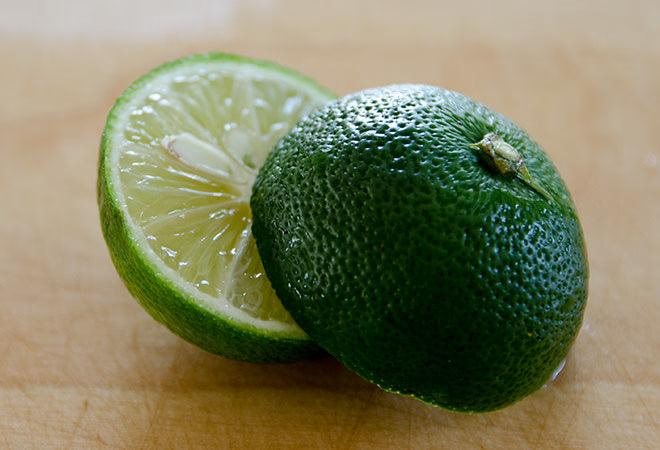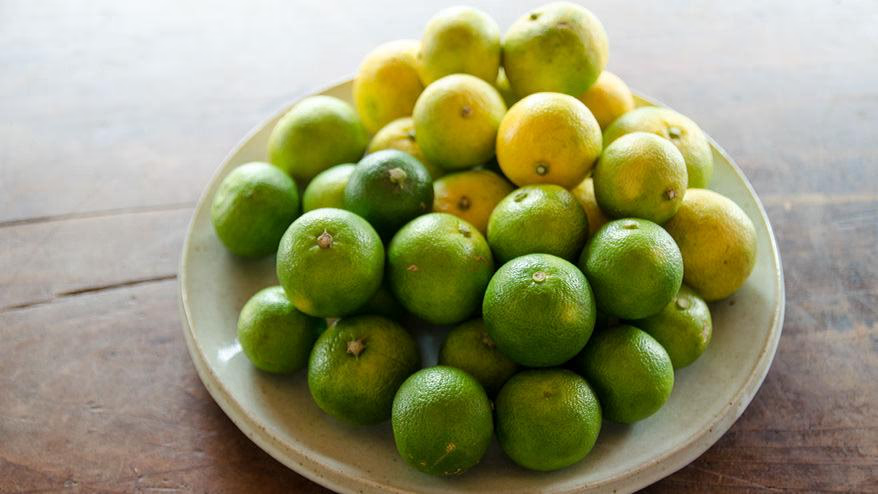食欲の秋。いつも以上にゴハンが待ち遠しくなる季節ですね。サテライトオフィスがある徳島県神山町も、実りの秋を迎えています。山に囲まれた神山には、自然の恵みがたくさん。なかでも一番の名産品は「すだち」で、その収穫量はなんと日本一!おすそわけをいただくことも多く、モノサスではすっかりお馴染みの存在です。
はじめの頃は、山盛りに届いたすだちを前に「どうやって使い切ろう…」と戸惑っていたメンバーも、時を重ねるごとに「すだちの達人」への道を歩み始めました。(今では箱単位でお取り寄せする人も)そこで今回は、モノサスメンバーに聞いた、おすすめの「すだちの使い方」をご紹介したいと思います。
徳島名産の「すだち」と大分名産の「かぼす」
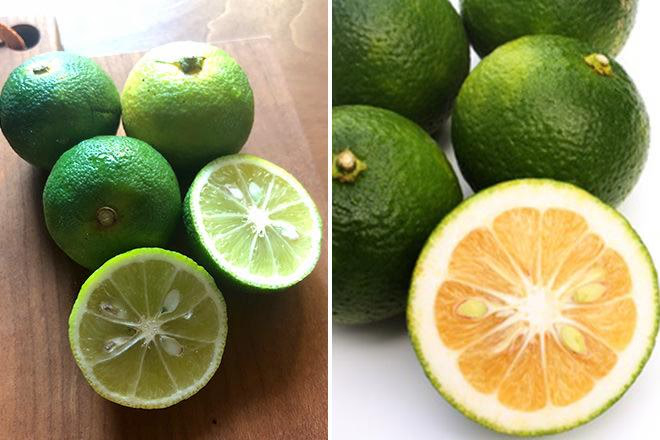
左がすだち、右がかぼす
まず、はじめに「すだち」について簡単にご紹介。
同じ緑色の柑橘のため、「かぼす」と間違われることの多い「すだち」ですが、「かぼす」は大分県の名産品で、テニスボール大。すだちよりも皮が肉厚で、種の大きさも大きく、果肉は黄色っぽい。すだちはゴルフボールくらいの大きさで、ほぼ徳島県で作られている柑橘です。皮の部分はどちらかというと薄く、果肉は黄緑色っぽい色をしています。焼き物、揚げ物、冷奴にお寿司、どんなものにもキュッと絞ってさわやかな風味を加えます。
すだちは5月に白い花が咲き、8月から10月にかけて露地栽培のものが出荷され、実りの秋の名脇役として活躍します。冬は冷蔵保存されたものが出回り、鍋物などにも利用されます。熟しはじめると、表皮も黄色になっていきます。
すだちの酸味は穏やかで、香りはフレッシュだけれどどこか丸みがあるように感じます。果皮の部分もとても香りがよく、皮の部分をすりおろしたり、うすく切ってみじん切りにして料理やお菓子づくりに使ったりも。
ちなみにかぼす県(大分県)出身のモノサススタッフに聞くと、かぼすは名物のとり天をはじめ、焼き物、揚げ物、炒め物、お吸い物。どんな料理にもギュギュッと絞ってかけるのだとか。
見た目も用途もほぼ同じですが、「香り」はそれぞれ特徴的なものがあり、こればっかりは文章ではうまく伝わりそうにありません…。ぜひ、それぞれの香りをご自分で楽しんでみてください!
それでは、「すだちの使い方」どーんとご紹介します。
1 魚にかける
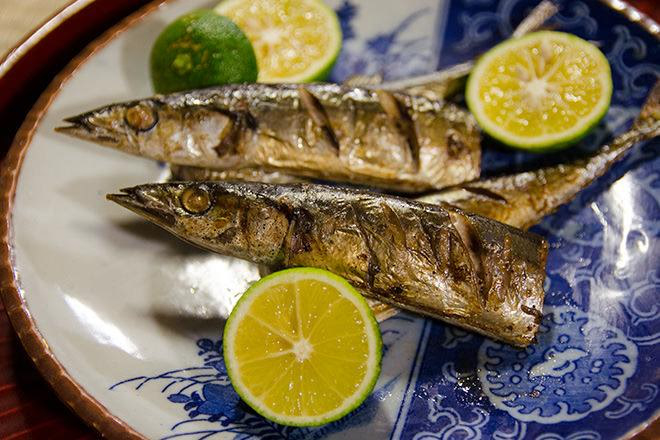
これはド定番。秋刀魚の季節になると、すだちと秋刀魚がセットになって売られていることもありますよね。脂がのった焼きたての秋刀魚に、キュッとしぼったすだちのさわやかな香りの組み合わせは、多くの方が知るところかと思います。焼き魚ではなく、お刺身に絞るのもおすすめ。そして鯖の味噌煮などの煮魚にも。意外にも、味噌との相性はバッチリなのです!
2 お酢代わりに使う

これも定番ですが、お酢の代わりにすだちの果汁を使うと、いつもと違ったフレッシュな味わいが楽しめます。酢の物に使う場合は、輪切りにしたり皮ごと使えるのもいいですね。神山の人たちは、お寿司の酢飯をつくるときなど、お酢ではなくすだちを使っているそうです。(大量に絞っておいて、小分けに冷凍して一年中使うのだとか…うらやましい!)
3 汁物や麺類(ラーメンや味噌汁)に入れる
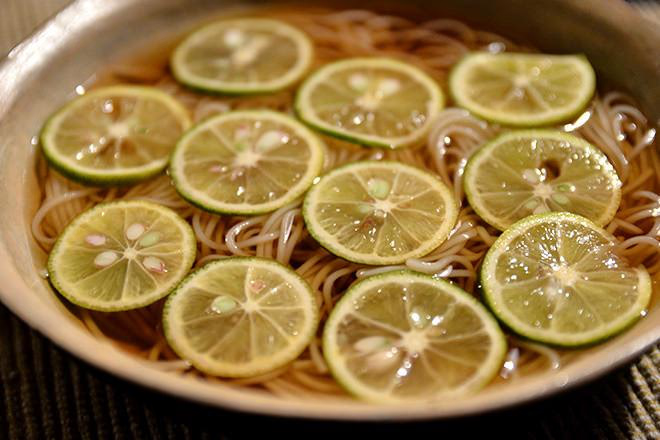
ここからはちょっと変化球。汁物や麺類に入れるのも合います。毎日のお味噌汁に入れる、ラーメンに入れる(味噌ラーメン、塩ラーメン、担々麺、酸辣湯、意外とどんな麺でもいけます)、焼きそばにかけるのも美味しさ倍増です。カレーにかけても合うんだとか。(特にグリーンカレーはピッタリ)。そうそう、夏はそうめんのつゆにすだちをかけると最高です。
4 おかずにかける

ざっくり言い切りましたが、意外とどんなおかずにも合います。特におすすめなのは、こってりした中華系のおかず。麻婆豆腐や酢豚など、すだちのサッパリ感が味わいを深めてくれます。鶏のから揚げや焼いた豚バラなど、お肉料理にも合いますね。
5 あつあつごはんにかける
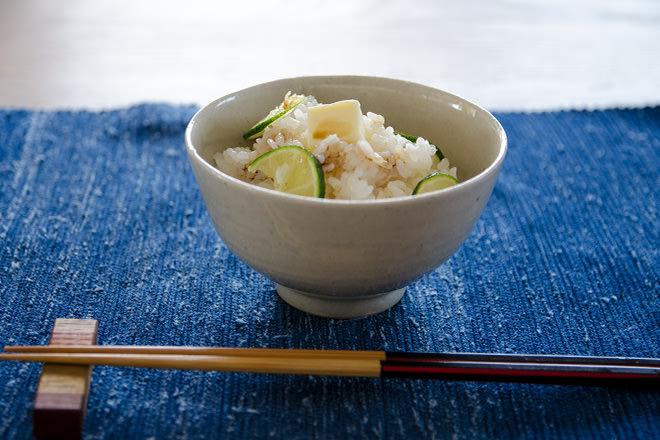
炊きたてのあつあつごはんにスライスしたすだちとバターをのせて、醤油をたらした「すだちバターごはん」。すだちの果汁をさらにしぼりながらいただきます。バターの濃厚な風味と、すだちの爽やかな酸味が、あつあつのご飯の上で調和して、何杯でもいけちゃいます。
また、ごはんにオリーブオイル、すだち果汁と塩こしょう、そして刻んだミントの葉などを混ぜると、今度は洋食にもあうさっぱりしたごはんに変化します。
6 ドリンクに入れる
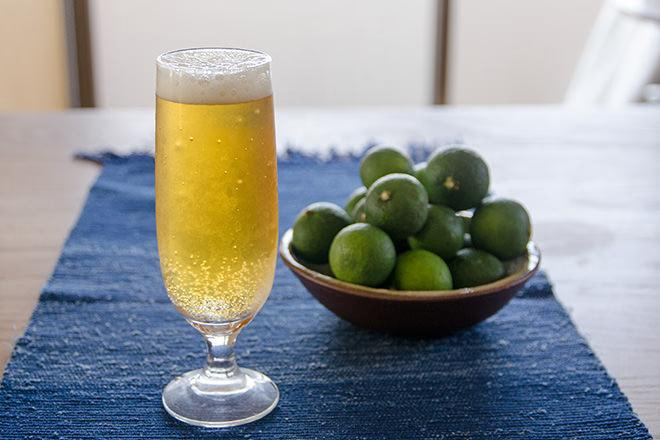
果汁系のジュースはもちろん、コーラやジンジャーエールなどの炭酸系ドリンクにもすだちは合います。ペリエなどの炭酸水に絞るのもオススメ。お酒好きの人はビールや日本酒がいいですね。梅酒やカクテルに入れるのも良さそうです。風邪を引きそうなときは、すだちの果汁をお湯で割ったものにハチミツなどをいれて、ビタミン&体ポカポカ作戦で乗り切りましょう!
かま屋の料理長、細井さんにも聞いてみた
ここでちょっとプロの意見もご紹介。神山町でフードハブ・プロジェクトが営む食堂「かま屋」料理長の細井さんに聞いてみました。神山で日々すだちに囲まれている細井さん。たくさんある食べ方の中からこれぞ!と思うお気に入りの5つを教えてもらいました。
細井さんイチ押しの食べ方
- ビールにすだちを絞る
- きのこパスタに絞る
- 焼き魚(西京焼き)に絞る
- 豚焼肉に絞る(塩とすだち)
- すだちバター(柔らかくしたバターにすだち果汁と皮のすりおろしを混ぜる。パンケーキに最強)
さすが幅広い!!どれも美味しそうです。(すだちバターはまったく思いつきませんでした…最強パンケーキ、食べたい!!)やはり、味の濃い「こってり系」にすだちの「さっぱり」が加わると、美味しさが増すという方程式のようです。

きのこパスタにすだちをキュキュッと絞って、いただいてみました。松茸でなくたってやはり、すだちはきのこにぴったり。何度も作ってしまいそう…
淡水研究室、大将にも聞いてみた
見て食べて美味しい!
すだちレアチーズケーキ
それでは最後に、すだちを使ったデザートのレシピをご紹介。
モノサスが日頃からお世話になっている「淡水研究室」の大将による、絶品デザート「すだちレアチーズケーキ」です。
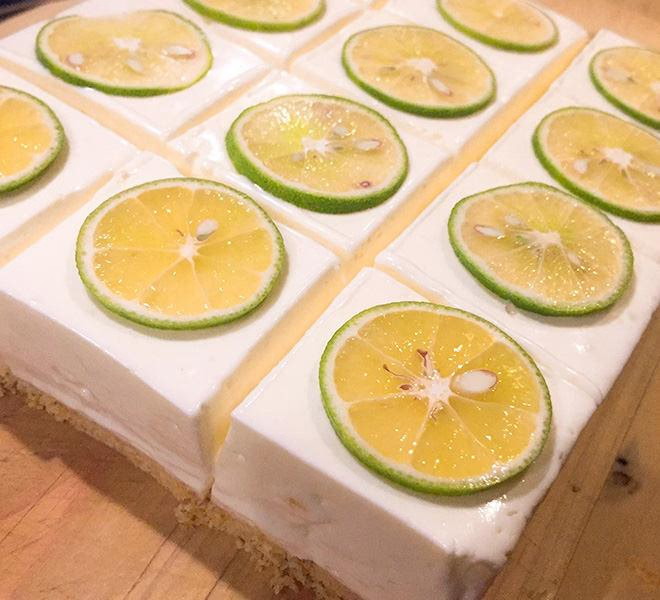
材料
- フィアデルフィアクリームチーズ 200g
- 生クリーム 200cc
- プレーンヨーグルト 200g
- 砂糖 80g
- 神山すだち 11個
- 粉末ゼラチン 8g
- 水 50cc
- ビスケット 26枚
- バター 30g

作り方
- クリームチーズ、バターは常温にもどします
- フードプロセッサーでクラッカーとバターを細かくし型の底にお好み焼きのヘラなどで押し固めます。(フードプロセッサーが無い場合は、厚手のビニール袋に入れて叩いてください)
- フードプロセッサーにクリームチーズ、生クリーム、砂糖、ヨーグルト、すだち10個分の絞り汁を入れ、滑らかになるまで回します。(フードプロセッサーが無い場合は、泡立て器で念入りに混ぜてください)
- 水にゼラチンをふりかけ電子レンジ500wで50秒ほど加熱して溶かしフードプロセッサーへ入れてよく回したら型に流し込み、冷蔵庫で3時間ほど冷やすと固まります。
- ゼラチン少なめですので、超レアなチーズケーキです。切り分け時は慎重に。
-
スライスすだちを飾れば完成!
すだちは万能選手!
こうして見てみると…合わない料理が無いのでは!?と思うほど、万能なすだち。神山町では季節になると、そこかしこでたわわに実ったすだちの木をみかけますし、「道の駅」では500グラムや1キロ入りのものが破格の値段で手に入ります。
神山と関わるようになるまで、秋刀魚の添え物、くらいにしか思っていなかったすだちですが、さまざまな料理やお菓子、飲み物にさわやかな香りと美味しさを増してくれるだけでなく、クエン酸も多く含むため疲れをも癒してくれる、一石二鳥の素晴らしさ。正に万能選手です。
レモンとも柚子とも、そしてかぼすとも違う魅力をもつ柑橘、すだち。日々のお料理に、ぜひ活用してみてください!
おまけ
超絶オススメ「すだち絞り器」!
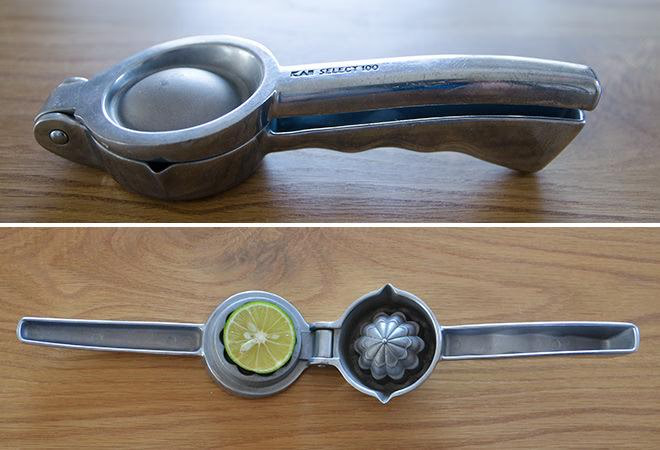
いろんな活用法ご紹介してきましたが、すだちは「果汁を絞って使う」のが基本です。
そこでおすすめしたいのが「すだち絞り器」!これがあるだけで、どんな料理にもすだちを気軽に絞って活用することができます。また、すだちは写真のように横にスライスするとしっかり果汁がしぼれます!
